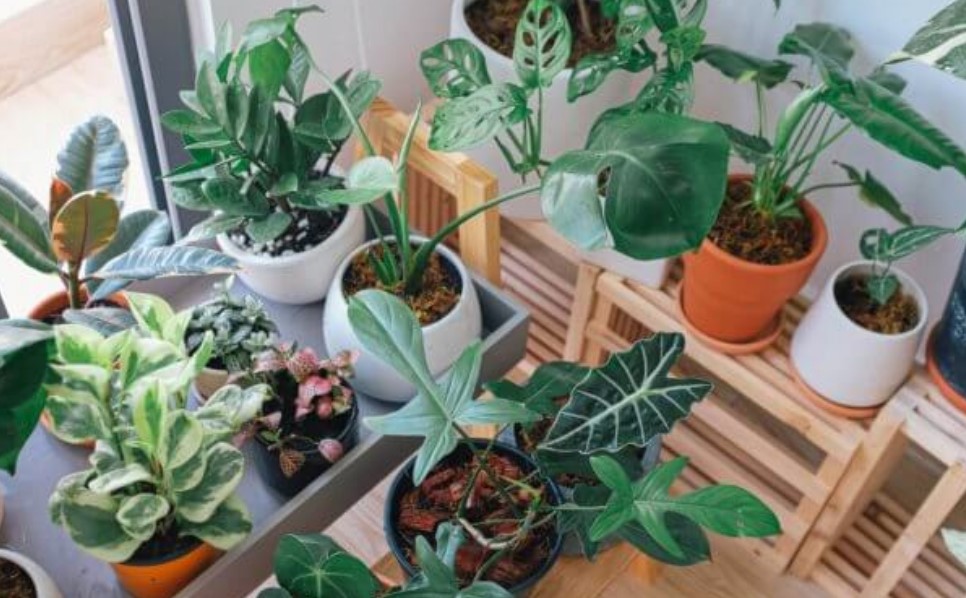Microplastics are increasingly becoming a public health threat, with scientists scrambling to find solutions as they infiltrate every crevice of our world. Now, researchers from the University of British Columba’s BioProducts Institute have found that adding tannins, natural plant compounds, to a layer of wood dust creates a filter that traps almost all microplastic particles in water.
Microplastics are tiny pieces of plastic debris that spread when consumer products and industrial waste break down. It’s very difficult to keep the particles out of water, according to Dr. Orlando Rojas, the institute’s scientific director and the Canada Excellence Research Chair in Forest Bioproducts. Rojas also mentions that a study found that almost all tap water is contaminated by microplastics. Estimates show that more than 10 billion tons of mismanaged plastic waste will be released into the environment by 2025.
“Most solutions proposed so far are costly or difficult to scale up. We’re proposing a solution that could potentially be scaled down for home use or scaled up for municipal treatment systems. Our filter, unlike plastic filters, does not contribute to further pollution as it uses renewable and biodegradable materials: tannic acids from plants, bark, wood and leaves, and wood sawdust—a forestry byproduct that is both widely available and renewable,” says Dr. Rojas in a university release.
For this research, the team analyzed microplastics released from tea bags made of polypropylene. They found that their method, “bioCap,” trapped anywhere from 95.2 percent to as much as 99.9 percent of plastic particles within a column of water, depending on the type of plastic. When tested in mouse models, the process was able to halt the accumulation of these plastics in organs.
“There are microfibers from clothing, microbeads from cleansers and soaps, and foams and pellets from utensils, containers and packaging. By taking advantage of the different molecular interactions around tannic acids, our bioCap solution was able to remove virtually all of these different microplastic types,” explains Dr. Rojas.
Part of what makes capturing microplastics such a tedious and challenging task is that a lot of different kinds exist. They can vary greatly in size, shape, and electrical charges. The fact that this approach worked well is promising. Although these experiments were only completed in a lab, the team believes that the solution can be affordably scaled up upon finding a suitable industry partner.
“Microplastics pose a growing threat to aquatic ecosystems and human health, demanding innovative solutions. We’re thrilled that the BioProducts Institute’s multidisciplinary collaboration has brought us closer to a sustainable approach to combat the challenges posed by these plastic particles,” Dr. Rojas concludes.
The findings are published in the journal Advanced Materials.
Photo by Huy Phan from Pexels
Shyla Cadogan is a DMV-Based Registered Dietitian. She is a recent graduate of the University of Maryland, College Park with a degree in Nutrition and Food Science and has published research on food insecurity in Maryland. She holds specialized interests in integrative nutrition, hormone health, and gastrointestinal health.
Source: Study Finds
Become a Patron!
Or support us at SubscribeStar
Donate cryptocurrency HERE
Subscribe to Activist Post for truth, peace, and freedom news. Follow us on SoMee, Telegram, HIVE, Flote, Minds, MeWe, Twitter, Gab, and What Really Happened.
Provide, Protect and Profit from what s coming! Get a free issue of Counter Markets today.


Be the first to comment on "Compounds Hiding in Plants Could be Key to Cleaning up Microplastic Pollution"